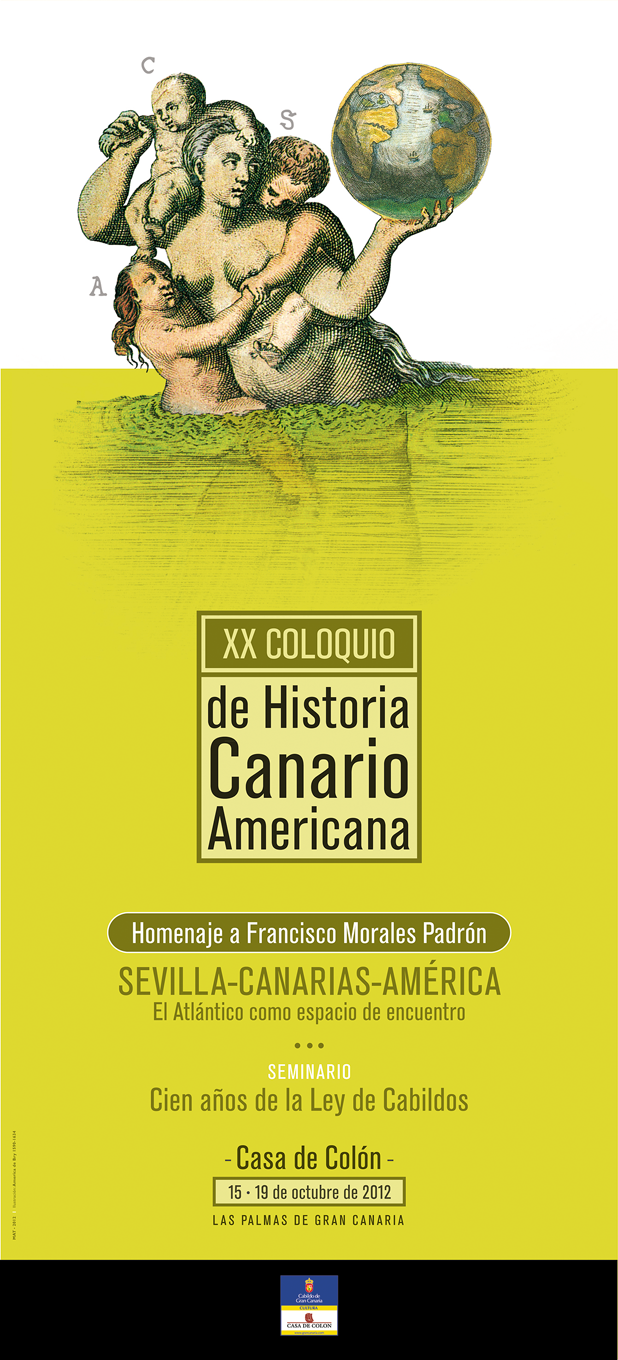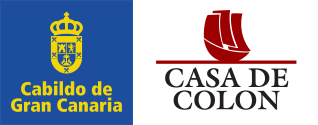El Cabildo de Santo Domingo en la segunda mitad del siglo XVII y creación del cabildo de San Carlos de Tenerife en la Española / The town Council of Santo Domingo in the second half of the 17th Century and creation of the Council of San Carlos de Tenerife
Palabras clave:
cabildo, Santo Domingo, colonos canarios, San Carlos de Tenerife, Town council, Canary colonistsResumen
En las últimas décadas del siglo XVII, el cabildo deSanto Domingo era la más poderosa institución degobierno local en La Española y la mayoría de susmiembros procedían de la élite criollahispanodominicana. En respuesta a la política derepoblación de la Corona, un grupo de familiascanarias llegó a la isla a fines de 1684 y fundó lavilla de San Carlos de Tenerife en las proximidadesde la capital. En 1685 su cabildo estaba yaconstituido. Analizamos algunos aspectos de amboscabildos, insistiendo en sus difíciles relaciones, yespecialmente en las razones que empujaron a losregidores de Santo Domingo a solicitar al rey, sinlograrlo, el desalojo del asentamiento canario. Elcabildo de San Carlos funcionó hasta 1911 y hoy endía la villa sancarleña es un barrio de la capitaldominicana.
In the closing decades of the 17th century, thetown council of Santo Domingo was the mostpowerful institution of local government onHispaniola, and the majority of its members camefrom the creole elite. In response to the Crown´spolicy of repopulation, a group of Canary familiescame to the island at the end of 1684 and foundedthe village of San Carlos de Tenerife near thecapital. In 1685 the council was alreadyconstituted. We analize some aspects of bothcabildos, emphasizing their difficult relationshipand especially the reasons that led the SantoDomingo aldermen to ask the king, withoutsuccess, to order the colonists to leave theirsettlement. San Carlos´ council functioned until1911 and today the village is a neighborhood of theDominican capital.




